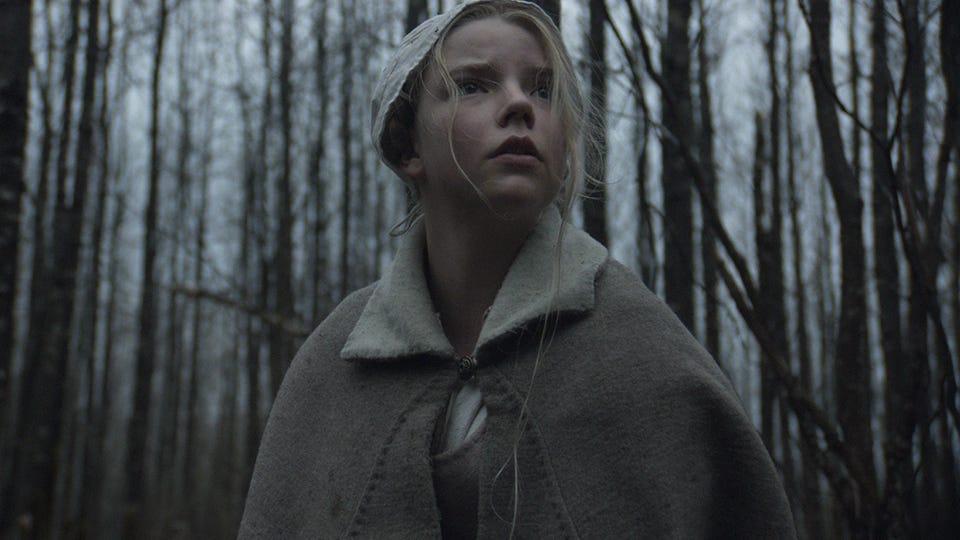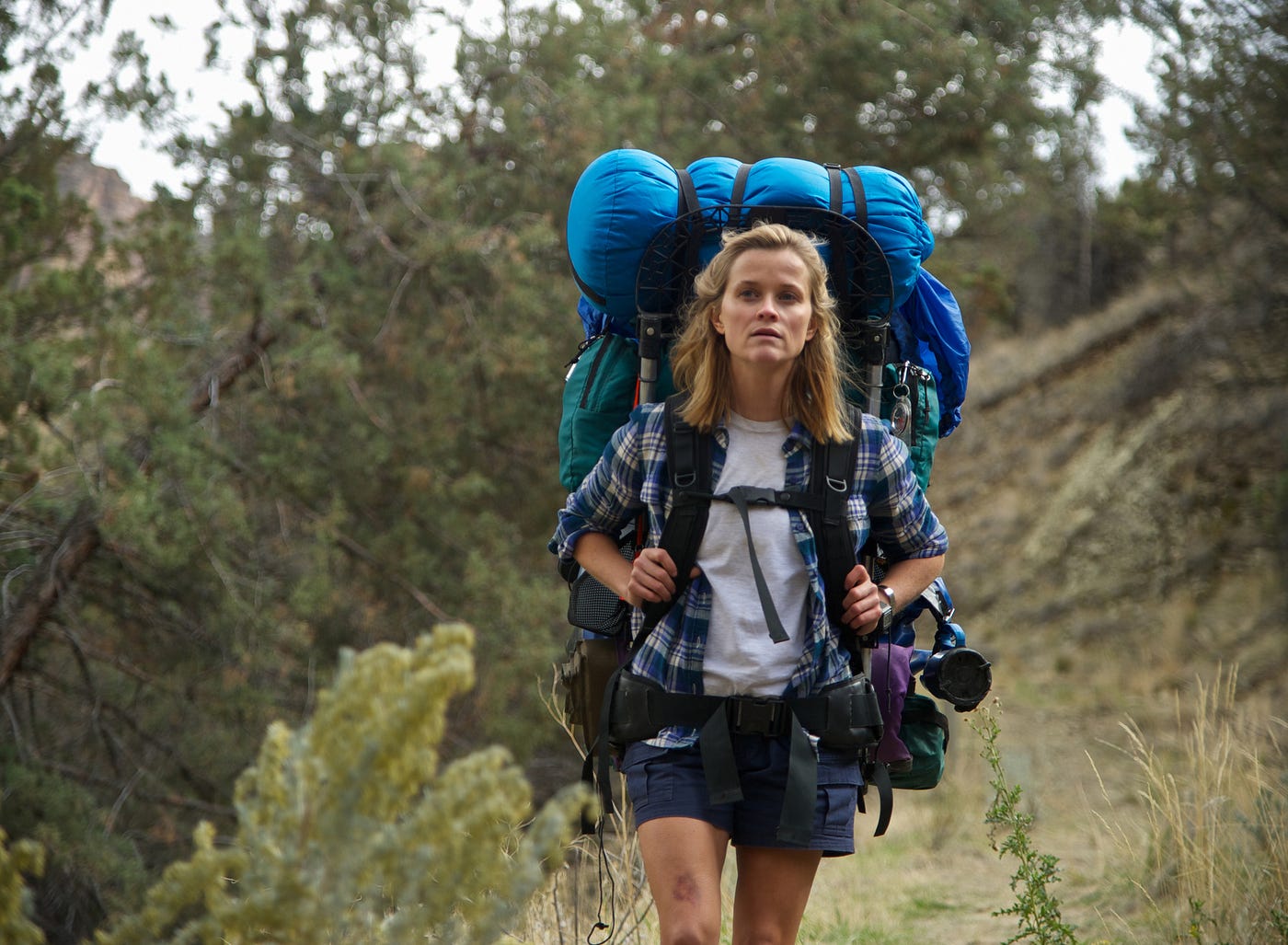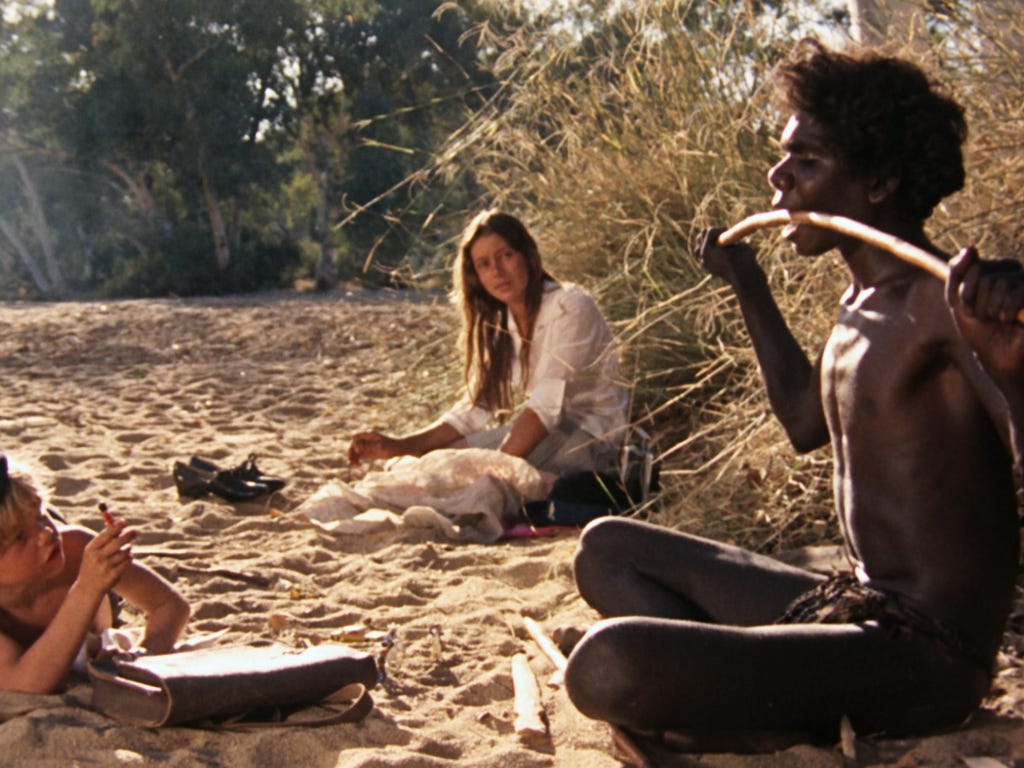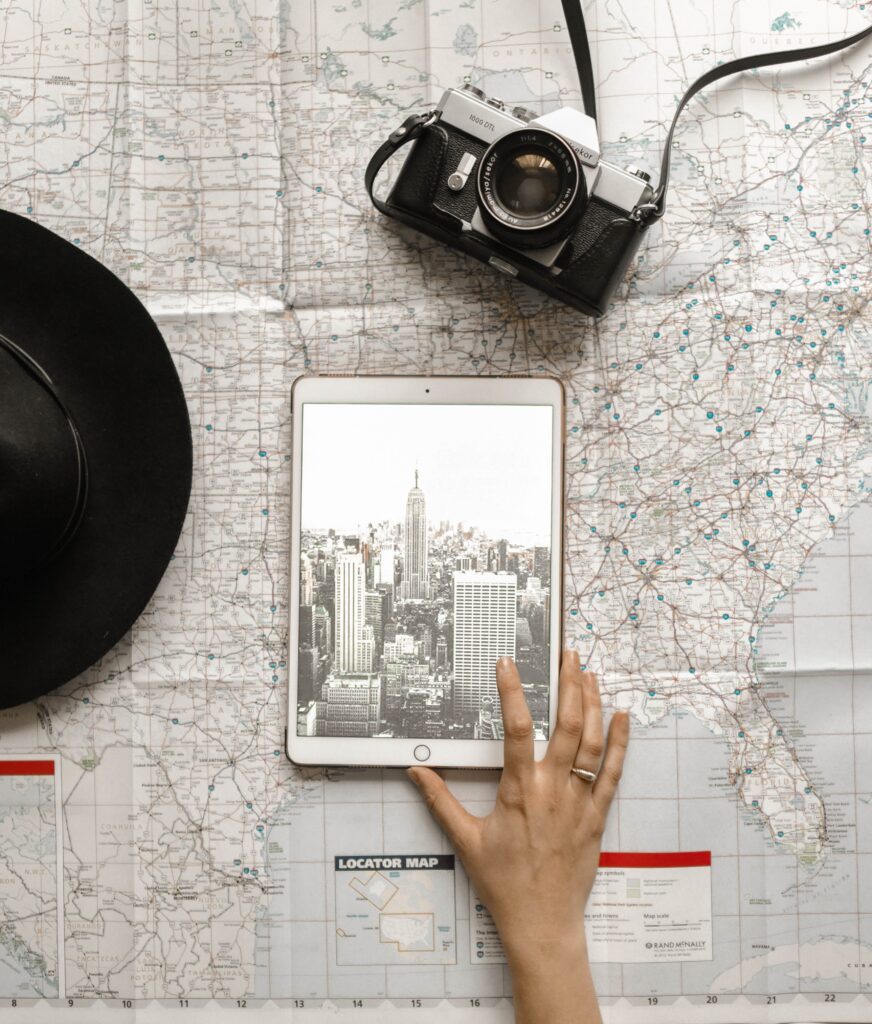

The Revenant may have been a huge box office hit, but movies shot entirely with natural light are still rare, with most directors not even considering it as an option.
Natural light is unpredictable and fleeting, demanding patience, precision, and sometimes a touch of luck. Because of that, shooting with only available light has often been associated with tiny budget filmmaking rather than considered as a creative choice. Yet when filmmakers embrace it intentionally, the results can be breathtaking—raw, immersive, and atmospheric.
The five films below prove that natural light isn’t just a constraint—it’s a creative force in its own right. These visually stunning works will leave you wondering why we’re not celebrating it more often.
Obviously shooting with natural light doesn’t suit every type of movie — Marvel films for example. Any film with alot of VFX that is shot mainly in a studio requires traditional film lighting and a high degree of control over colour temperature and lighting ratios.
But many independent film companies and studio films in other genres want a more organic aesthetic, and using natural and available light is one of the best ways to achieve this. Why spend millions replicating natural light in a studio enviornment? Natural light can be both stylistically superior and far more practical.
Besides, for an independent filmmaker, there’s no way to compete with big budget studio film lighting setups. A low budget film is likely to look worse by attempting the same techniques without the same equipment.
What filmmakers save in lighting equipment costs and set up time, they need to spend on planning instead. When shooting with natural light you need to know where the sun is going to be at all times of the day. You also need to improvise in overcast conditions.
Directors also need to be able to work quickly. Due to the limited shooting time available with natural light, they must be able to make quick decisions on the spot. This may not be ideal for scenes that require extensive setup or a number of takes to get just right. So this process probably won’t suit tight shooting schedules.
Achieving visual consistency throughout the film can be difficult, especially if shooting occurs over an extended period. Matching shots taken on different days with varying lighting conditions can be a significant post-production challenge.
Using natural light is all fine and good for outdoor scenes in broad daylight, but what do filmmakers do when it comes to night time and indoor scenes?
Available light refers to every other light source (except for dedicated film lighting) that can be used in film. Virtually anything can be a source of light.
Historical films often uses candle flames and open fires to light the actors’ faces in the dark. Of course this light source is more difficult to control, but is also more realistic and can offer captivating imagery. In more modern films - street lights, car headlights or even the glow of a cellphone could be a source of light.
SuperScout Showcase lets you share your amazing locations across the internet, with a personally branded website that lets you build and show off your collections!


An unsettling horror film set in 17th Century New England, the story follows a Puritan family who encounter evil forces in the woods beyond their farm.
Both natural and available light are used to elevate this dark folktale perfectly, think moody overcast days and eery candlelit nights.
I noticed how authentic the film looks to the time, and as gloomy as the farm setting may be, the thoughtful cinematography still creates picturesque moments.
“In a way it’s kind of freeing, actually, because you don’t have to emulate anything. It’s like, “Well, they have candles so let’s use candles.” It gets to the point and then you’re just concerned with the basics of lighting, of how to build the shot in depth and how to use these different tools. I mean the candles burn down quickly and you have to replace them but other than that, you know, you’re not worried about how to make something try to look like something else. You’re just going for the real thing.”
Cinematographer, Jarin Blaschke

The cinematographer on Wild first used alot of natural lighting on the set of Dallas Buyers Club for budgeting reasons, but after liking the results, he decided to shoot 95% of Wild with natural light too, but this time for the visual aesthetics.
The director wanted to convey the credibility of Reese Witherspoon’s hike through the Pacific Crest Trail. So choosing to shoot with natural light, a hand-held camera dolly, and purposefully having very little rehearsal time with Reese, all helped to capture the feeling that this woman is on a real, life-changing journey.
“We always wanted the eyes to reflect the natural light. Jean-Marc would always say to me, the actor is in a good position, do not ask the actor to move, you move.”
Cinematographer, Yves Bélanger

Set in 1916, the film is told through a child’s perspective and paints a picture of migrant life in America. The majority of the film was shot during ‘magic hour’ (the time just after sunset and just before sunrise) and produced rich gold, pink, and blue tones.
Not only does this create stunning cinematography, but by removing harsh artificial lighting we witness a more honest and true to life perspective of their lives and how intertwined they were with nature.
“When the American team was saying, this is not how we should proceed, Néstor Almendros, very courageously insisted. As we filmed, the team discovered that it was technically easier, and I was able to capture absolute reality. That was my wish: to prevent the appearance of any technique, and that the photography was to be processed to be visually beautiful and to ensure this beauty existed within the world I was trying to show.”
Director, Terrence Malick

Set in the Australian outback, the film follows two young British siblings who get lost in the desert and are saved by a wandering Indigenous boy.
The film is made up of stark contrasts, from glorious sunsets to moments of danger and brutality. We flip between these states in a natural way in keeping with the volatile environment.
In contrast to most shooting schedules, British Director Nicolas Roeg shot at his own pace with a skeleton crew consisting of a few industry friends and his young family. Because of the loose schedule, Roeg was able to leisurely document indigenous wildlife and breathtaking scenery.
When the desert sun reached its highest point of the day and created harsh shadows on the actor’s faces, Roeg would place reflectors on the ground to balance them.

Contrasting the other films on this list, Children of Men is a sci-fi action set a short time in the future, where human infertility has left the world on the verge of extinction.
The film uses London locations as the primary back drop, and natural lighting gives the action a raw appearance that feels closer to a documentary. To heighten this further the director shot most scenes in lengthy single takes.
“Most of the car scenes aren’t lit, and I love all the accidents you get when you don’t light — sunlight coming through a canopy of trees, hitting the actors and bouncing around in the car … is an effect that comes as suddenly as it disappears. I love that all these variations happen naturally. It would take you hours to re-create that with (artificial) lighting.”
Cinematographer, Emmanuel Lubezki
Natural light filmmaking isn’t for the faint-hearted. It strips away the comfort of control, leaving filmmakers at the mercy of the weather, the time of day, and the unpredictable play of shadows. But that unpredictability can also create powerful imagery.
As film technology continues to evolve, it’s tempting to rely more on artificial lighting and digital correction. But these five films remind us that sometimes, the most cinematic shots come from using the natural tools we have at hand.
SuperScout is your own private location library – upload locations in minutes, tag them with ai in seconds, then search and share with your team

